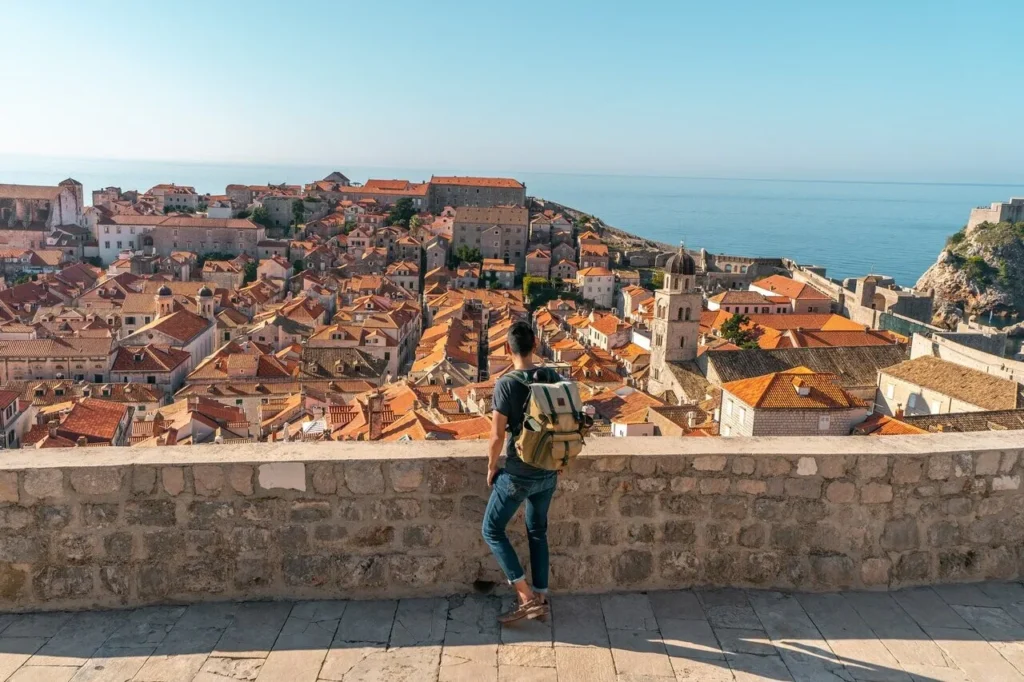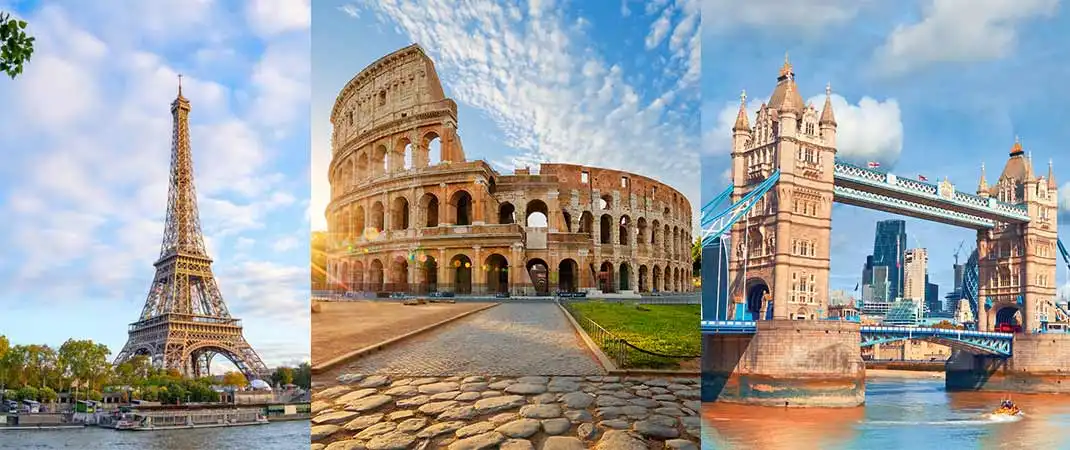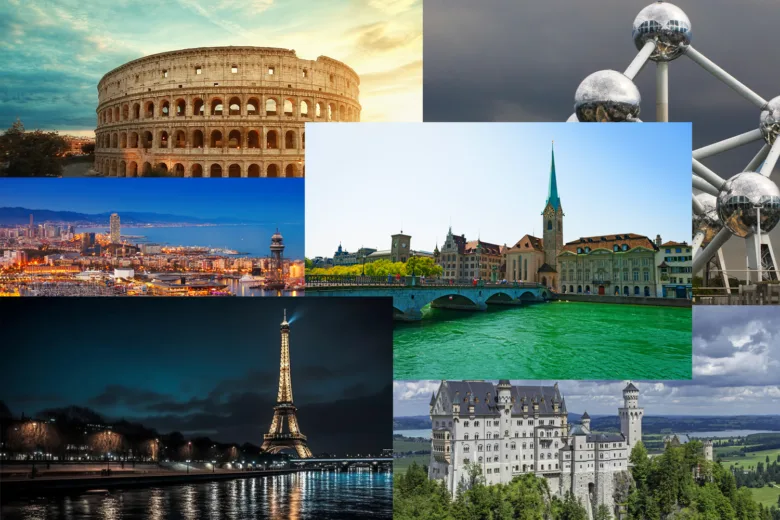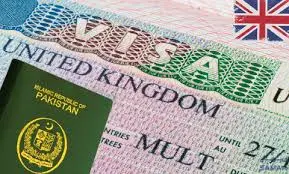In 2023, over 700 million travelers traveled to Europe, and many of them went for the first time ever (Statista). If you are that first-time traveler excited for the Europe tour, and want to ensure that you plan everything perfectly, we are here to help. Going to Europe means you are in for a ride, literally and figuratively. With a blend of art, culture, food, and great architecture, this is the perfect place to be. But with so many options comes uncertainty. Where do I even start?
In this guide, we will break down all the must-dos and don’ts, along with all the places that you must visit while understanding the subway routes without losing your sanity. Let’s make this Europe tour a trip you won’t forget.
Where to Begin: Picking the Right Destination
No matter how tempting Europe is, much like a buffet, you can’t eat it all at once. The goal is just to sample enough to feel satisfied, not stuffed. So here are some most popular locations that will feel like a postcard come to reality for you:
- Paris, France: Known for the famous Eiffel Tower, you must know France for its lesser-known beautiful sidewalk cafes, fresh baguettes, along with the world-class museums. Stroll through Montmartre at sunset feels like you are in a romantic movie.
- Rome, Italy: Grab some gelato and watch the beautiful ancient ruins slowly merging into the fast-paced modern life of Italy. Here you will be walking through the cobblestone streets that the emperors once walked on.
- Barcelona, Spain: Barcelona feels like it belongs somewhere in a Dr. Seuss book. The Gaudi’s Sagrada Familia is a must visit spot here. The wild colors, beachy vibes, and beautiful buildings of Barcelona are calling out to you.
- Amsterdam, Netherlands: The charming canals and cozy cafes make Amsterdam a perfect place to slow down. You can rent a bike over here and live your life like a local.
- Prague, Czech Republic: Overlooked most of the time, Prague is a hidden gem for those who love castles, Gothic architecture, and cheap beer.
- London, England: Going to Europe and not visiting London? Sounds like a Europe tour done wrong. London is electric with its royal history meeting the punk rock attitude. And of course, those red double-deckers are just as fun as you think.
Travel Tip: Start your Europe tour by picking 2–4 relatively close cities. Don’t try to see it all, Europe tours are better when you have time to actually enjoy where you are.
When to Go: Timing Your Trip Like a Pro
Summer in Europe is packed and expensive, but so lively, while spring brings blossoms and energy. Autumn comes wrapped in warm tones, while winter feels like a comfy snow globe. Each season has its own vibe, and depending on your preferences, a perfect time to be in Europe.
But let’s talk about the sweet spot, shoulder seasons, such as late spring or early fall. These seasons are perfect for traveling as they attract few tourists, and the costs are low with the crowds being less. You can still enjoy outdoor cafes without freezing or sweating buckets.

Building the Itinerary: How Long Should You Stay?
To ensure that you have enough time to hit a few cities without making it feel like you are rushing through your trip. For every first-timer, two weeks is just the perfect period.
- Days 1–4: London
- Days 5–7: Paris (take the train—it’s scenic and quick)
- Days 8–10: Amsterdam
- Days 11–14: Rome
Mix train travel with budget flights (just don’t forget to check the fine print on luggage fees). Want to elevate your Europe tour into the smoothest ride possible? Book major transfers ahead of time.
What You Need Before You Go
- Passport: Needs to be valid for at least 6 months beyond your trip.
- Visa: Check if you need a Schengen visa for the countries you’re visiting.
- Travel Insurance: Yes, it’s boring. But you’ll be glad you have it if your suitcase ends up in Budapest while you’re in Berlin.
Don’t forget, the Schengen Zone allows free travel between most EU countries for up to 90 days.
Packing Smart: What to Bring (and What to Leave)
You’ll walk. A lot. That means you’ll want comfy shoes. And European weather? Wildly unpredictable.
Here’s a reliable checklist:
- Lightweight layers
- One waterproof jacket
- Power adapter
- Copies of essential documents
- Day bag for city outings
Remember: every staircase, cobblestone, and tiny elevator will punish over-packers. Your back (and future self) will thank you for packing light.
Transportation: Trains, Planes & Bikes
Europe’s trains are a thing of beauty. They’re punctual, scenic, and get you right into the heart of a city.
For longer trips, budget airlines like Ryanair and EasyJet keep costs low. Just weigh your bags properly to avoid surprise fees.
In cities, metro systems are your friend. Download the local transit app and grab a multi-day pass. And when in Amsterdam? Bike it.
Where to Sleep: Accommodation Tips
Where you stay can shape your experience:
- Central hotels save on commuting
- Hostels are social and cheap
- Airbnbs offer a more local vibe
Boutique B&Bs are great if you like breakfast served with conversation. Just be sure to book ahead if you’re traveling during peak seasons.
What to Eat (And How to Eat It Right)
Here’s your taste bud checklist:
- France: Croissants, cheese, and red wine
- Italy: Fresh pasta and real-deal pizza
- Spain: Tapas, paella, and churros
- Germany: Sausages, beer, and pretzels
- Greece: Feta-laden everything
Local tip? Make lunch your biggest meal. It’s cheaper and just as delicious. Also, don’t tip big; rounding up is enough.
Want real authenticity? Eat at the markets. Talk to vendors. Try what you can’t pronounce.

Spending Smart: Money Basics
Most of Europe uses the Euro, but not all. The UK uses the Pound, Switzerland the Franc.
Card payments are widely accepted, but some local shops prefer cash. Use bank ATMs to avoid high fees, and let your bank know you’re traveling so they don’t freeze your card mid-trip.
Talking the Talk: Communication Tips
English will get you far, especially in touristy areas. But learning a few key phrases in the local language? Total win.
Apps like Google Translate and Duolingo are a traveler’s secret weapons. For data, grab a local SIM or an eSIM plan, it’s usually cheaper than roaming.
Safety First (But Don’t Overthink It)
Europe is generally safe. Your biggest threat? Pickpockets in busy tourist areas.
Simple safety tips:
- Keep your bag in front of you
- Avoid flashing cash
- Save copies of key documents in your email
Know this number: 112—the emergency number in most EU countries.
Cultural Basics: Don’t Be That Tourist
A few customs go a long way:
- Dress modestly in religious sites
- Be punctual (especially in Germany)
- Greet with a smile and a simple “Hello” in the local language
Respect earns respect. Always.
Your App Survival Kit
- Google Maps (offline maps save lives)
- Citymapper (for transit)
- XE Currency (so you don’t overpay for gelato)
- Rome2Rio (compare transport options)
- Rick Steves Audio Europe (free walking tours!)
Final Thoughts: Your Europe Tour Starts Here
Your first European tour doesn’t have to be perfect to be unforgettable. Maybe you’ll miss a train. Maybe you’ll order something weird off a menu. That’s part of the magic.
Europe tours offer more than photos—they offer stories. And yours is just beginning.
Looking for a way to make your first trip easy and affordable?
Check out our affordable luxury travel deals and exclusive Europe tour packages of Schengen Travel Agency that combine the best of both worlds: comfort and value. Because seeing the world shouldn’t mean breaking the bank.
Start your adventure today. Europe is ready for you.







